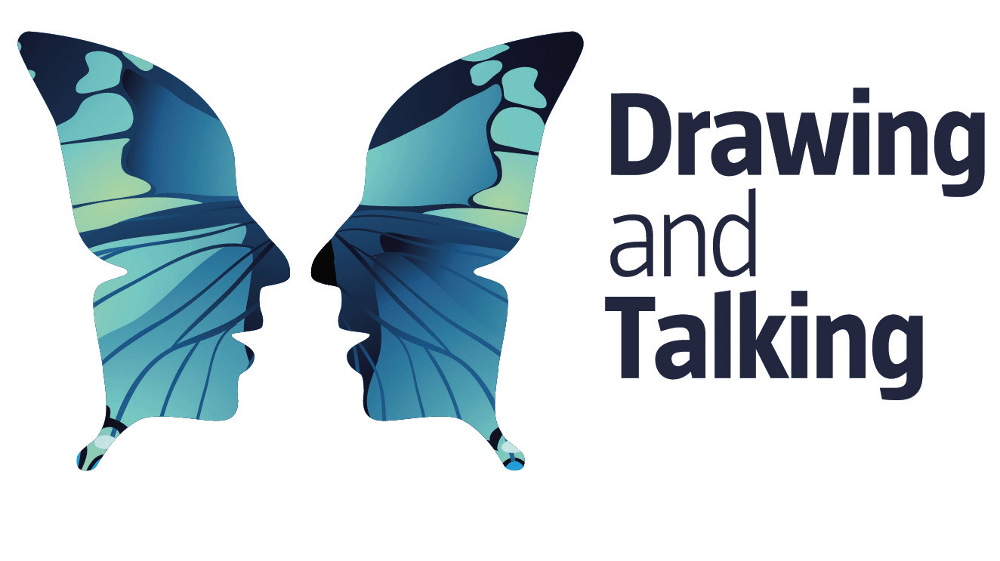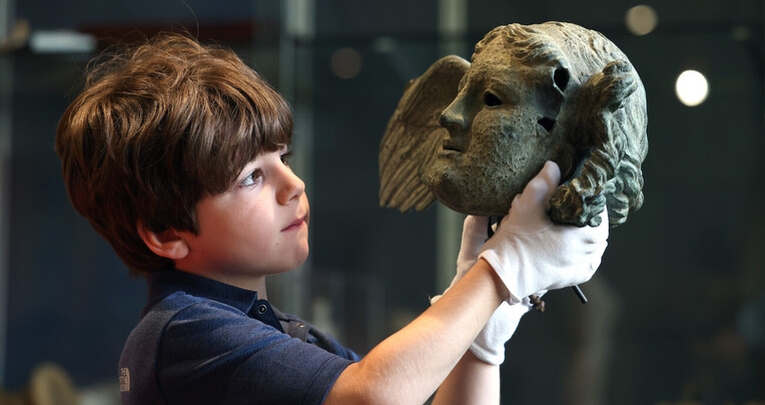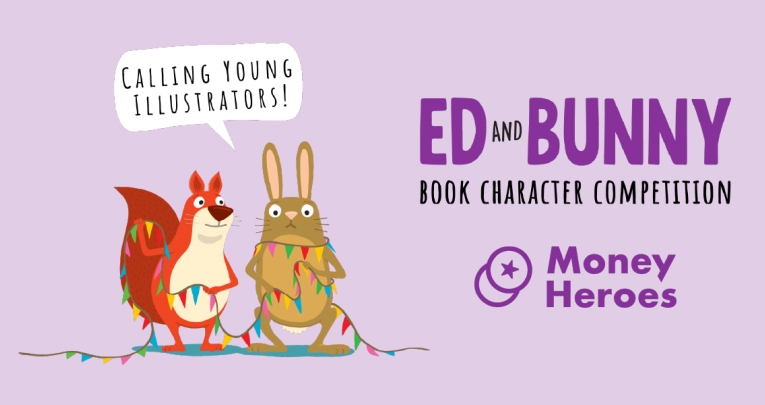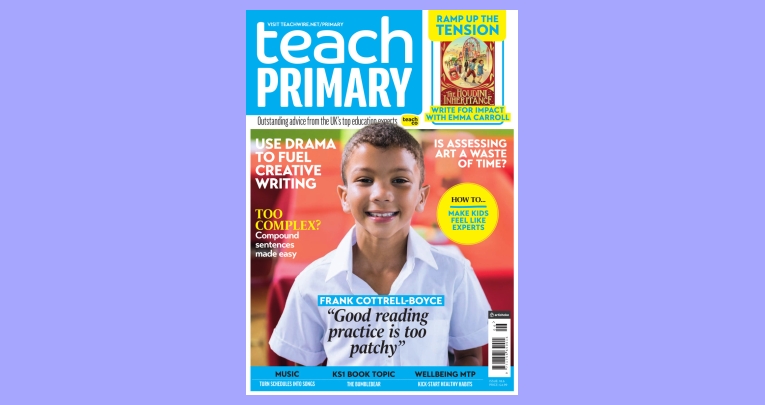30-second briefing
Drawing and Talking technique is a short-term intervention designed to complement the work of CAHMS and can support those children and young people who will otherwise go untreated and remain affected by unresolved trauma and anxiety.
Cath Beagley, CEO of Drawing and Talking and The Mental Health Hub explains why Drawing and Talking offers acessible and cost-effective interventions…
What is Drawing and Talking?
Drawing and Talking is an attachment-based therapeutic technique which has been created to support anyone (age 5+) who suffers from emotional distress linked to trauma.
As professionals, we see our young people lock themselves into a punishing struggle of trying to process deep feelings which can be painful and difficult work, often leading to destructive external behaviours and communications.
Drawing and talking is a person-centred approach based in Jungian and Bowlby principles, focusing on healing through the unconscious and not a cognitive-based or solution-focused therapy.
Why should Drawing and Talking be implemented in schools?
Having been delivered for over 20 years, Drawing and Talking is regarded as one of the most accessible and cost-effective interventions a school can offer.
With waiting lists for CAMHS and other specialists at an all-time high, along with record numbers of children and young people displaying moderate to complex mental health issues in schools, early interventions that are specifically designed to target the emotional wellbeing of the community we support are essential.
What resources are needed for Drawing and Talking?
12 pieces of paper, a pencil and document wallet can transform a child’s life. Drawing and Talking Therapy is a proactive one-to-one intervention and not designed as behaviour modification.
A total of 12 sessions are delivered at the same time, in the same room, once a week for 30 minutes. As this is an attachment-based technique the practitioner must be available each week.
What happens on the training day?
Training is a full day and is CPD accredited. During the day, practitioners are taken through theoretical components that underpin our technique, exploring the emotional, physical, and neurobiological impact of trauma on the brain.
The experiential training and case studies are highly emotive and designed to empower trainees to internalise the feelings and power of being emotionally held by another as they experience Drawing and Talking for themselves.
Who should attend the training?
Our training programmes are suitable for anyone working with children, young people, and adults. No previous knowledge or experience is necessary to attend the foundation training.
Suitable for (but not limited to) TAs, learning mentors, family support, SENCOs, pastoral workers, ELSA, nurture groups, and mental health leads.
Need to know
- Our training programmes are suitable for anyone working with children, young people, and adults( ages 5+)
- Drawing and Talking Therapy is regarded as one of the most accessible and cost-effective interventions a school can offer
- Provides a person-centred approach based in Jungian and Bowlby principles that focus on healing through the unconscious
For more information call 020 8715 0745, email info@drawingandtalking.com and visit drawingandtalking.com.








